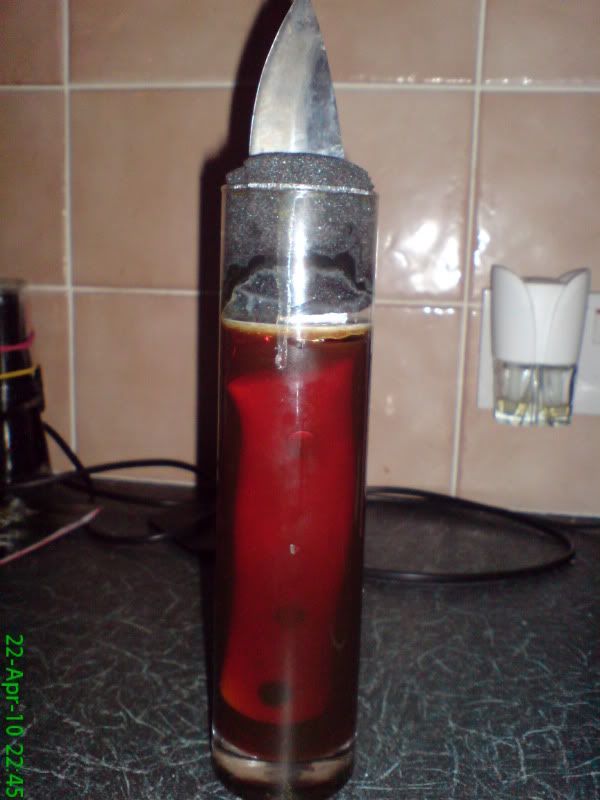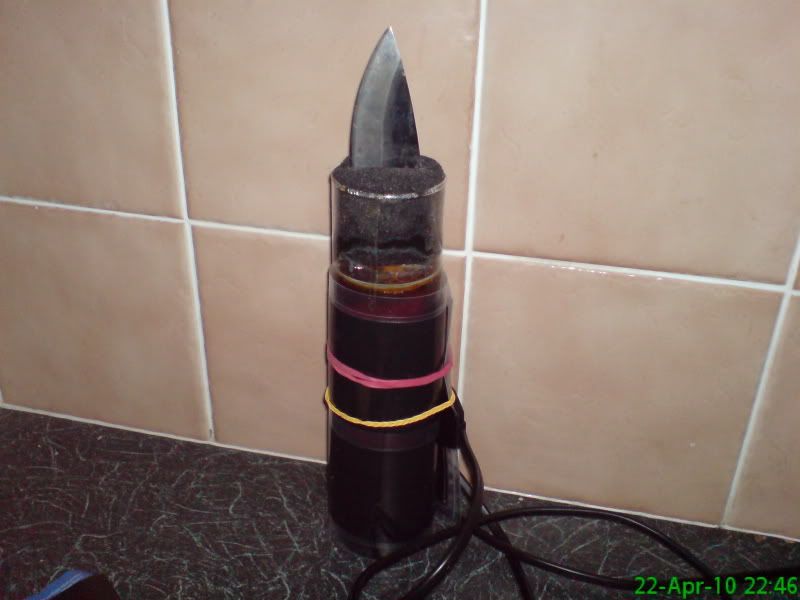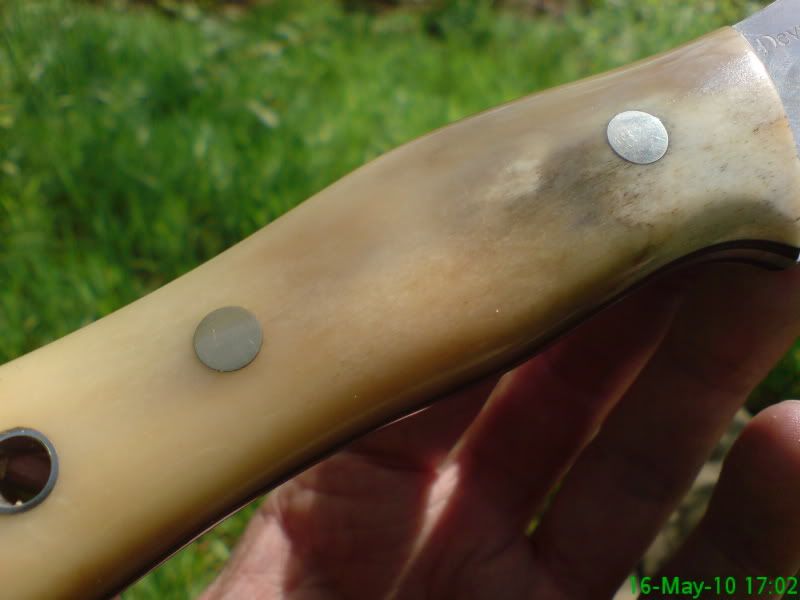When used as a wood finish, linseed oil dries slowly and shrinks little upon hardening. Linseed oil does not cover the surface as varnish does, but soaks into the (visible and microscopic) pores, leaving a shiny but not glossy surface that shows off the grain of the wood. Wood treated with linseed oil is resistant to denting and scratches and is easily repaired, but the surface is not as hard as a modern varnish, and the wood will slowly absorb moisture if allowed to stay wet. Soft wood is protected from denting, but requires numerous applications and even more drying time than harder wood. Garden furniture treated with linseed oil may develop mildew. Oiled wood can be yellowish and can darken with age.
Linseed oil is a traditional finish for gun stocks. A very fine finish may require months to obtain. Several coats of linseed oil is the traditional protective coating for the raw willow wood of cricket bats. Linseed oil is also often used by billiards or pool cue-makers cue shafts, as a lubricant/protectant for wooden recorders, and used in place of epoxy to seal modern wooden surfboards.
Additionally, a luthier may use linseed oil when reconditioning a guitar, mandolin, or other stringed instrument's fret board. It is desirable, after cleaning a fret board, to apply a light amount of linseed oil to seal and protect it from moisture, skin oils, etc. that might otherwise result in accelerated deterioration of the wood. Also, it does not "expand" the wood when it soaks into the pores.
 ) it was a kit so i need to finish the handles myself not being a woodwork person(im a heating engineer) i was wondering if anyone had some recommendations for finishing the handle ? there are so many oils stains varnishes potions creams liquids for finishing wood im confused
) it was a kit so i need to finish the handles myself not being a woodwork person(im a heating engineer) i was wondering if anyone had some recommendations for finishing the handle ? there are so many oils stains varnishes potions creams liquids for finishing wood im confused any help on the best thing to use greatly appreciated in advance..
any help on the best thing to use greatly appreciated in advance.. any help on the best thing to use greatly appreciated in advance..
any help on the best thing to use greatly appreciated in advance..


